8 Things You Can Do Now to Fight Inflation at Home
Nearly everything at the store, from beef and cereal to fruit and veggies, costs more than it did only a few months ago. Inflation is the culprit eating away at your budget at the fastest pace in 40 years.
Food prices are through the roof—continuing to skyrocket. The prices of the raw materials used to make almost everything continue going up—oil, steel, copper, corn, and lumber. Gas and diesel prices are back on the upward move. Even car parts are becoming more expensive than we’ve ever known.
Costco executives are reporting that they are paying higher prices for inventory—as much as 20% more for beef, for example, and up to 10% more on clothing. Though the warehouse chain has so far shouldered most of those increases, along with rising costs for freight, transportation, and labor, Chief Financial Officer Richard Galanti said that while the company is doing all it can to hold prices, we should expect the price to increase on such staples as its $4.99 rotisserie chicken or Kirkland brand bottled water, now $2.99, to maintain profit margins.
Inflation pressures are real and getting real-er every day
Shrinkflation
We are paying more for a growing range of household staples in ways that don’t show up on receipts—thinner rolls, lighter bags, smaller cans—as companies look to offset rising labor and materials costs without scaring off customers.
You may not have noticed yet because it takes a while for these changes to trickle down. It’s imperative for us to become keenly aware of what’s going on to stay ahead of this. We need to know what to do right now.
Beat the shrink
Inflation doesn’t always show up in the price of an item. It may appear that nothing has changed there. But check the product size. It’s sneaky and a very common way that retailers hide inflation. They shrink the size of the product but leave the price the same.
Take Walmart’s Great Value paper towels, for example. The price of those towels hasn’t changed. But a closer look reveals something quite sneaky! They went from 168 2-ply sheets per roll to 120. The price, at $14.97, remained the same for a dozen rolls despite the nearly 30% drop in product size. Both versions remained listed on the retailer’s site until last week.
A 48-towel shrink. No big deal? You might think so at first, but not really. That difference in size with the price remaining is really a 30% price increase! See how they did that?
Sugar used to come in a 5 lb. bag. Now that same sugar comes in a 4 lb (or smaller?) bag with no change in price.
There was a time that coffee came in 1 lb and 3 lb sizes. Have you looked lately? Most brands’ pound of coffee is now 12 oz. A 3 lb container is closer to 30 oz.
A “half-gallon” container of ice cream has shrunk from its historical 64 oz. package to just 56 oz.
Your defense to beat the shrink is to start noticing. Look for hidden inflation every time you shop. Know your prices. Check the labels. Compare brands. Wait for a sale. Determine to reduce waste. Get back to basics!
Buy in bulk
Basic pantry staples are much cheaper when purchased in large or “bulk” quantities. These items can store well in a cool, dark pantry for a very long time.
- Rice
- Beans
- Flour
- Cereals
- Cooking Oil
- Condiments
For example, a 25-lb bag of bread flour at Costco rivals five 5-lb bags King Arthur bread flour in the supermarket by 70%. Check here for guidance on long-term food storage. Also check My Patriot Supply for the best deals out there on food storage kits for long-term emergencies.
Roast and grind
With the price of coffee up as much as 50% in the past year, perhaps it’s time to get serious about roasting and grinding your own coffee beans.
You’ll cut the cost by half or more, and enjoy drinking some delicious coffee. I’ve been home roasting coffee for more than a decade. While I started using an old air popcorn popper in the backyard (roasting coffee creates a lot of smoke), my husband and I now buy La Minita Tarrazu green coffee beans directly from the plantation in Costa Rica.
If you’re not ready to invest in 150-200 lbs at a time (please no—start small, then as you perfect your craft, you’ll be ready to move up), The Coffee Bean Corral is an online bulk supplier that has good prices on green coffee beans in bags of 5 to 132 lbs starting as low as $4.29 per lb.
Use a tea ball
If you’re a serious tea drinker and you buy those little boxes of 20 (soon 18) tea bags, you’re spending way too much per pound for your tea. Do the math and try not to choke when you discover how much you are spending per pound.
Here’s a novel idea! Get a tea ball, also referred to as a loose tea infuser. Or if you prefer disposable tea bags, you can buy empty tea bags to fill yourself. Now you can purchase fine, fresh loose tea in bulk and slash your per “tea bag” cost in ways that will have you singing Hallelujah!
Grow a garden to fight inflation
Wish you could grow an edible garden, but you just don’t have any place to do that? I’ve got good news. Even if you rent and your landlord won’t allow you to dig up part of the property—no problem. Even if you don’t have time to tend a full-size garden; even if you don’t have time to build square-foot boxes.
You don’t need acreage, a big yard, or “perfect” conditions. In fact, you really don’t need any yard at all. There are myriad ways you can get started today growing your own food. It’s easy, too! I share all I know, including a couple of quirky methods in Secrets for How to Grow An Edible Garden Just About Anywhere!
Join up
And now for this distressing fact: Almost a third of food grown in the U.S. never gets harvested because it doesn’t meet the superficial standards of a traditional grocery store. And yet, there are millions of food-insecure households in the U.S.
Both Misfits Market and Imperfect Foods, online suppliers, are committed to fighting food waste by unlocking a new way to make healthy, quality food more affordable for more people. If you are not offended by misshapen, perhaps even ugly produce that is fresh, healthy, organic, and perfectly delicious arriving at your front door, you can save at least 40% (usually more) over supermarket prices by ordering direct.
At the very least, check out both sites. You will be so encouraged and motivated to stop seeing only perfect produce as worthy of your family’s consumption.
Cut energy use
Want to make sure you don’t see a big spike in your household utility bills? Wishing for that to happen isn’t going to work. Prices are sure to skyrocket soon if they haven’t already, so your best bet is to reduce usage. You’ll win when your monthly bills stay about the same. That means you will have beat inflation, at least for now.
- Simple 15-Minute Projects to Slash Your Utility Bills
- 12 Easy Ways to Cut Your Electricity Bill
- 11 Money Savers That Will Pay for Themselves Over and Again
Make it, do it Yourself
I’m the first to admit that the prosperity we enjoy in America has made us lazy—willing to pay others for goods and services we could do ourselves. I’m talking about all of the small things we pay dollars to others when we could do the same thing, possibly even better, for just pennies—cheaper, better, faster.
- Make your own laundry detergent
- Bake your own bread
- Make cleaning supplies
- Preserve summer’s bounty
- Homemade gifts
Together
Sticking together just might be our saving grace as we head into the uncharted territory of high prices and scarcity. Expect to see a deluge of DIY and MIY in coming days right here at Everyday Cheapskate.
Stick close, hang on tight!
Revised, expanded, republished 2-04-23

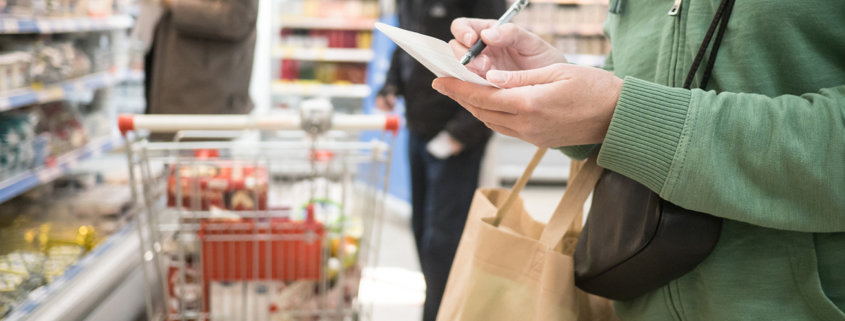
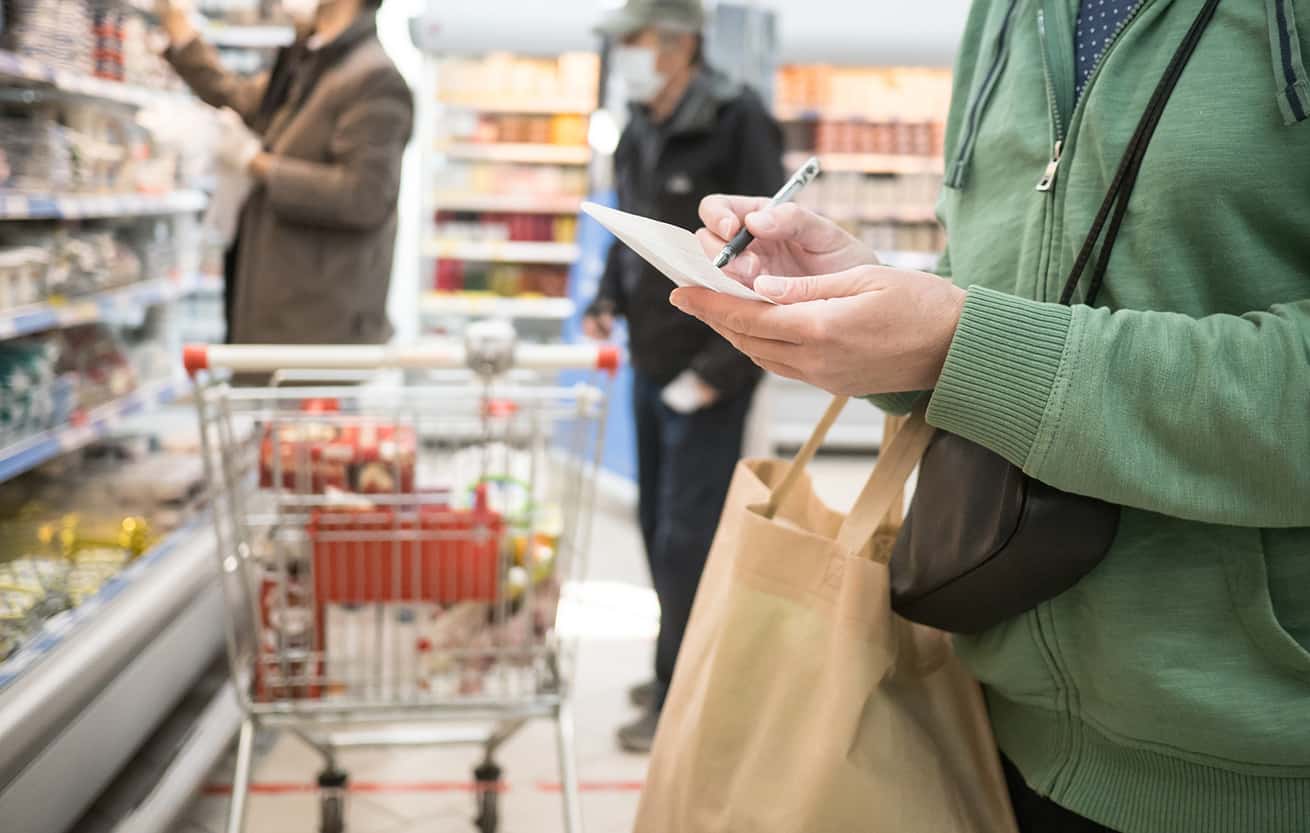
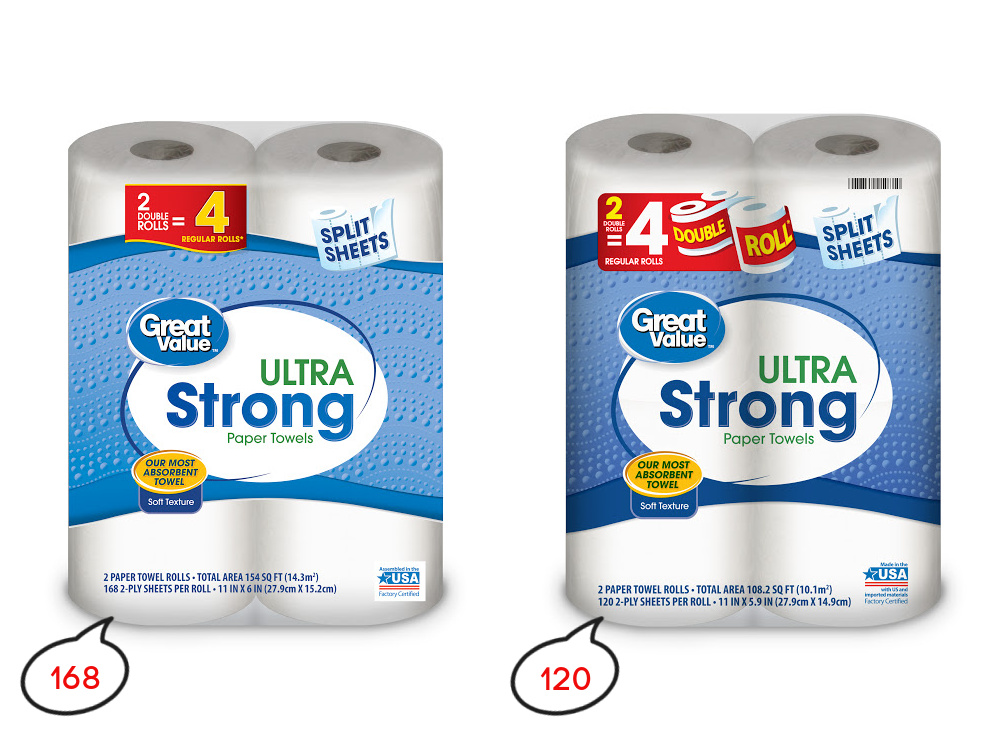




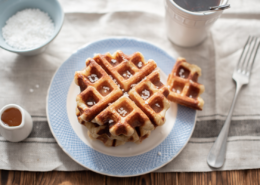

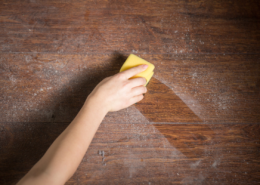




Mary, I tried Misfits Market for a few shipments before giving up. The produce is okay and the price is close to what the supermarkets are charging, but the shipping is poor. Everything was sent in a box way too big for the products, so the produce was tossed and knocked around and came to me in very battered condition. Some fruits and vegetables had to be thrown out, and that eliminated any savings. I think the concept is great, but it hasn’t been thought out to prevent damage.
Thank you for your emails! I read your advice and suggestions, and even if I don’t need it right now when I do, I know where to look it up! Just reading your articles motivates me to do better in all areas! Thanks for taking the time to do this.
While I agree that manufacturers are ripping us off I have tried Imperfect Foods and was not happy. I’m sure it’s a great deal in some places but I found the food to be either closely comparable in price to store items or even considerably more expensive than what I would pay in the store.
Regarding homemade bread: I love to make my own bread but truthfully when I can buy a loaf of split top wheat bread at Aldi for less than a dollar, home made is not cost effective.
I can make a loaf of sourdough bread for 86 cents currently. All that’s needed is water, flour (partly whole wheat, partly bread flour), and time. We avoid all those preservatives that are in the already-sliced stuff, and the flavor of homemade bread is hard to beat.
Here’s the recipe:
Homemade Artisan Bread—Amazingly Easy and So Delicious!
I watchout for markdowns on food, cake mix 30 cents and made many mini cakes with walnuts and froze them .Fruits marked down, cut up froze them, can defrost and still taste great, also great for smoothies.
What you call “shrinkflation”, my mother always referred to as “raising the price without raising the price”. Either way, you’re paying more without noticing which is sneaky sneaky.
it’s nothing new – shrinkage has been going on for years. i’m 75 so i know what i’m talking about
Another tip – grow your own herbs! It saves a ton – fresh and dried herbs can be pricey at the store – and it’s fun to do! I also grow some herbs for tea – my own loose-leaf for the cost of a small packet of seeds and a little bit of time!
I use coupons and ebate sites like ibotta, checkout51, kroger cash and kroger coupons, fetch, etc. I get a lot of free foods and products combining coupons and ebates like ibotta and fetch. I spend about $60 a week for 4 adults and sometimes 3 kids and get about 30-40 back every two weeks. Every dime helps. I do surveys (different survey sites) for amazon cash and that is where we get our TP and PT using survey cash. It helps when you only make 30,000 a year and have 4-7 people to feed at times. I love transferring money to my bank every week or so.
I switched to cloth napkins. I have only purchases 2 rolls of paper towels in last year.
When I bought Kirkland paper towels a couple of weeks ago, I thought they were pulling something sneaky, but not so. I looked at the sign above paper towels, which gives an explanation. It said the amount of towels per roll has decreased, but the price per towel has remained the same; they did this to ensure more packages are available to members since the demand has skyrocketed and they don’t want to run out. We know what that’s like! So we are getting less, but also at a lower price.
Thanks for sharing that, Barbara! I didn’t see a sign, but that doesn’t mean it’s not there. Good for Costco!
i have switched to rags. less waste, saves money. i cut up old towels, use sox for dusting, etc. i put the used ones in a bucket to b laundered
when necessary.
Me, too, Peggy. I use paper towles for very specific purposes (draining bacon grease, for ex) and very rarely. I do a load of nasty rags every 2 or 3 months.
Mary!! Thank you for these great tips!!
A website called Mouseprint is eye-opening. Just like your paper towels mentioned in the article, month after month they highlight sneaky down-sizing of products (as well as other deceptive practices to trick the consumer). For example, does your peanut butter jar have an indentation in the bottom? It looks like it is the same size as you’ve always bought but they just took out an ounce or two by making that indent! Sneaky!
when i first arrived in my new home, the yogurt in the grocery store was 8 oz. it then went to 6 oz, now it is 4.5 oz. why not keep it the same size and charge more. there is no trust for the companies. what happened to the truth?